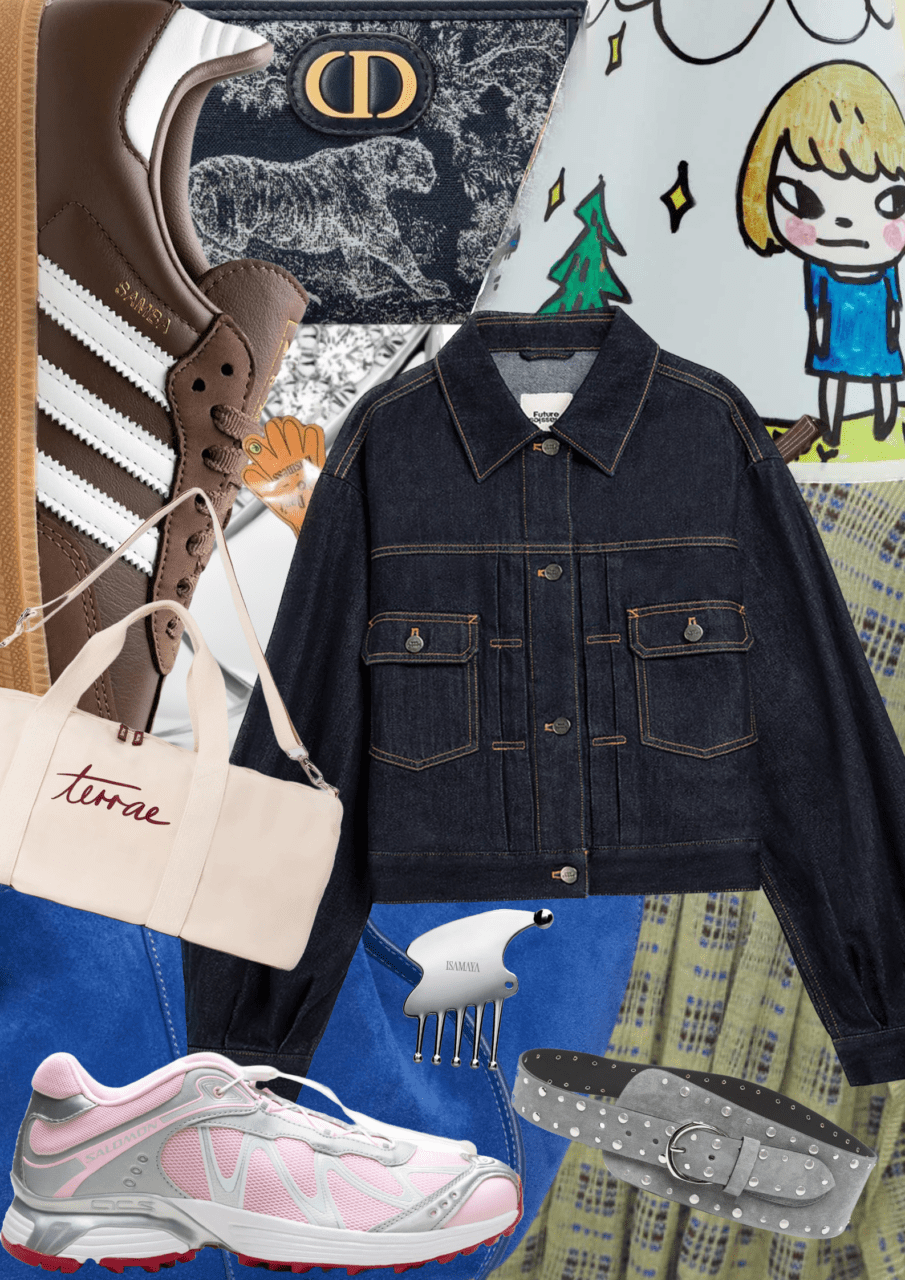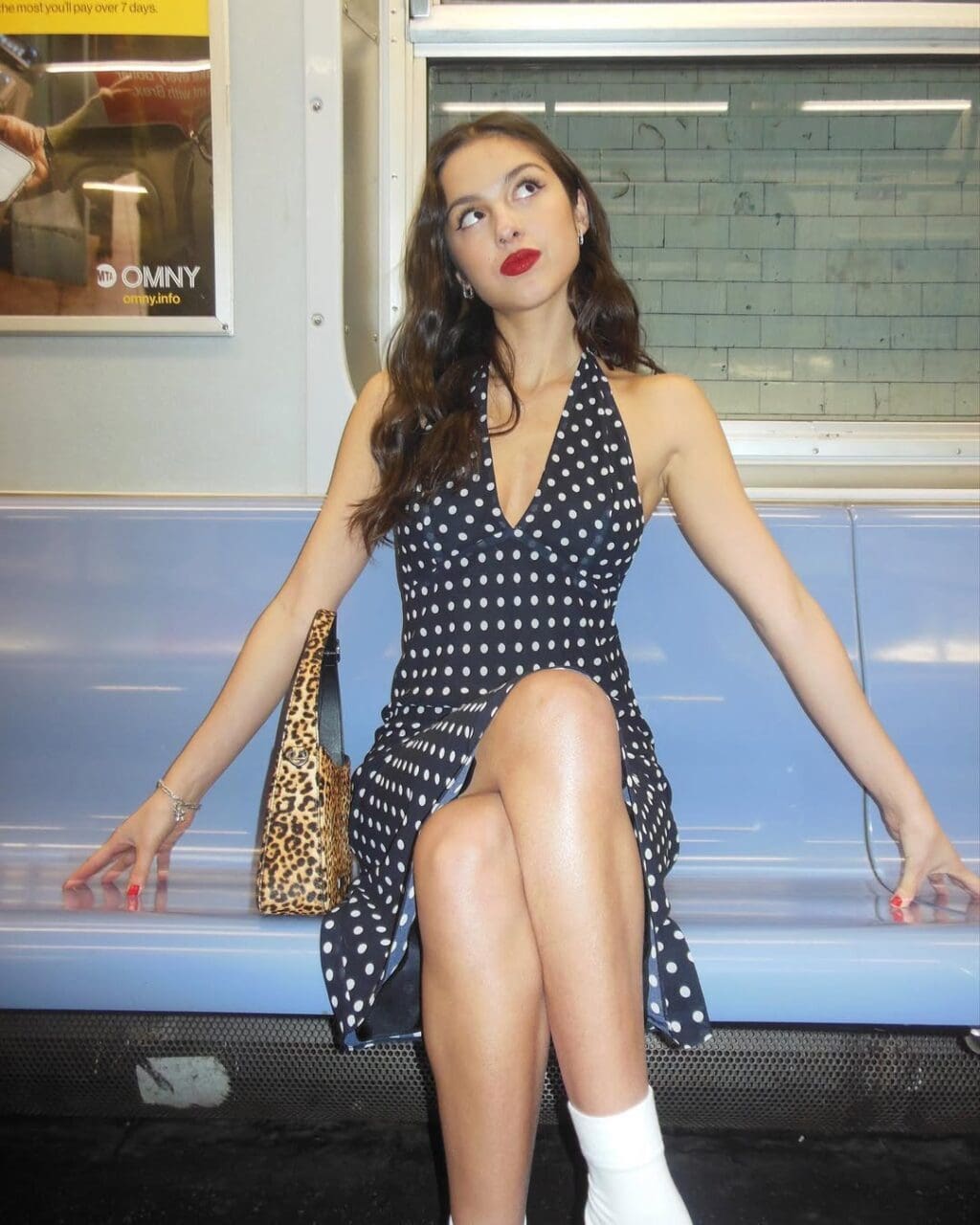Within the verdant confines of a woodland glade stands a solitary feminine figure: the formidable yet ever-grounded Tilda Swinton, captured in a photoshoot directed by the visionary Thai filmmaker Apichatpong Weerasethakul. “I’ve come to be with my brother,” says Swinton. “It’s not the first time I’ve been with him in Thailand, but it’s like a return home, and there are many people here who really feel like family to me.” Behind the lush curtains of Chiang Rai’s natural reserve, their shared passion for cinematic storytelling brought forth not mere photographs, but an ethereal masterpiece transcending subject and photographer, man and nature.
“It’s always a sort of adventure. I mean, truly, like a child’s adventure,” smiles Tilda. “One of the things that [Apichatpong and I] meet on is this absolute clarity that we don’t really want to know what we are doing. We love not knowing, not really planning too much and just following our noses.” Enrobed in flowing garments and vibrant prints from Chanel, Tilda Swinton seems woven of the forest’s own fabrics. Where leaves melted into her porcelain skin and woodland textures framed her fiery hair, the lines blurred between flesh and earth. In this fleeting stillness, Weerasethakul captures the immense vitality of Chiang Rai’s nature—and that of his muse and dear friend Tilda—in its vivid wake.
What inspired the shoot? What story were you trying to paint with Tilda through the camera lens?
I wanted to present Tilda as herself, meaning the person I know. A person who is so immense in the way she opens up to new ideas and to life to the fullest. Therefore, I tried not to treat her much as a subject. Instead, I explored how to present this immensity of her being. I wanted to integrate her into nature, to be part of nature. She is a natural force in her own right.
Can you describe the creative process of this shoot, from the location to the photography technique and effects?
Apart from portraying Tilda as she is in my eyes, I also wanted to present our shared love for cinema. She’s a big cinema nerd. (laughs) So the first idea we had was to use the old filming techniques used to create movies before digital manipulation was possible. We used practical effects, for example, creating a reflection using a mirror — using physical objects to create a visual effect instead of technology and a heavy post-production process. This also explains why I was attracted to our photoshoot location, which was a natural reserve nestled in the heart of Chiang Rai, about 30 minutes away from downtown. The light was really beautiful back in January, and it shined through the rustling leaves. Through the lens, I wanted her to blend into nature, to blend into the reflection of the light and everything around her, as a natural manifestation.
You and Tilda go way back. During your talk at the “Cinema For All” Pavilion in the Ban Mae Ma School in Chiang Saen, Tilda mentioned that you first met in Thailand, and this photoshoot reunited both of you in a full-circle moment. Is that why you chose to shoot in Thailand?
We shot in Chiang Rai because of the 2024 Thailand Biennale. I worked in Chiang Rai on some projects, and I really wanted Tilda to see the art in Thailand, so it all worked out. When we make films, it’s not only about the filming process but about actually being alive: to live and introduce ourselves to new things in life. In fact, that’s why we chose to set our 2021 film “Memoria” in Colombia because it was a new world we wanted to explore. It’s somewhere we were both strangers to. In choosing to shoot in Chiang Rai, I personally wanted to introduce Tilda, my old friend, to a new world.
What was your favourite memory working with Tilda throughout all these years?
It has to be on the set of “Memoria” when we were shooting in this small town in Colombia. I don’t know if you have seen the film, but she appears at a dining table in the last scene. It was a very long take that lasted 14 minutes, so we just kept the camera rolling. It was extremely emotional, and the film reached a climax. Back then, I still didn’t know what I wanted for the last scene, and I think it was the same for Tilda too. But when she started to go through that 14 minutes of rumination and improvisation, I started to cry. Not only did the movie reveal itself in that very moment, but together with Tilda – improvising with her as a filmmaker and whispering some words to her as the camera kept rolling – I was cracking the code of “Memoria” together in real-time. That’s the beauty of creating an independent film. When no rules or answers bind you, you get to discover what your film really means as you shoot it.
The scene was overflowing with emotion, and the crew were crying outside, trying not to make any noise. But after we yelled “Cut!”, Tilda became Tilda again. She just threw Jessica away and became Tilda, who is someone who is really curious about the world. On the day of the shooting, there were newborn piglets, a lot of them, so off she went to play with the piglets. (chuckles) She went from being someone who was crying because held the whole world, a whole memory landscape in her mind, to someone who held this childlike wonder in her heart.
What do you admire most about Tilda, as both an actress and a friend?
Her trust in humanity. She trusts me and she trusts everyone on set. She did not stay in a trailer, she lived among us with the crew. On the first day of her costume fitting, she just stood there with her arms stretched open and told us to put her in whatever we wanted. She trusted us with everything, and I value that a lot. That’s just a reflection of who she is in real life.
Photography: Harit Srikhao
Direction: Apichatpong Weerasethakul
Styling: Jerry Stafford
Makeup Artist: Alongkorn Soontornpot
Hair Stylist: Agkarachai Deedphin
Hair Colourist: Josh Wood
Editor
Kaitlyn Lai













